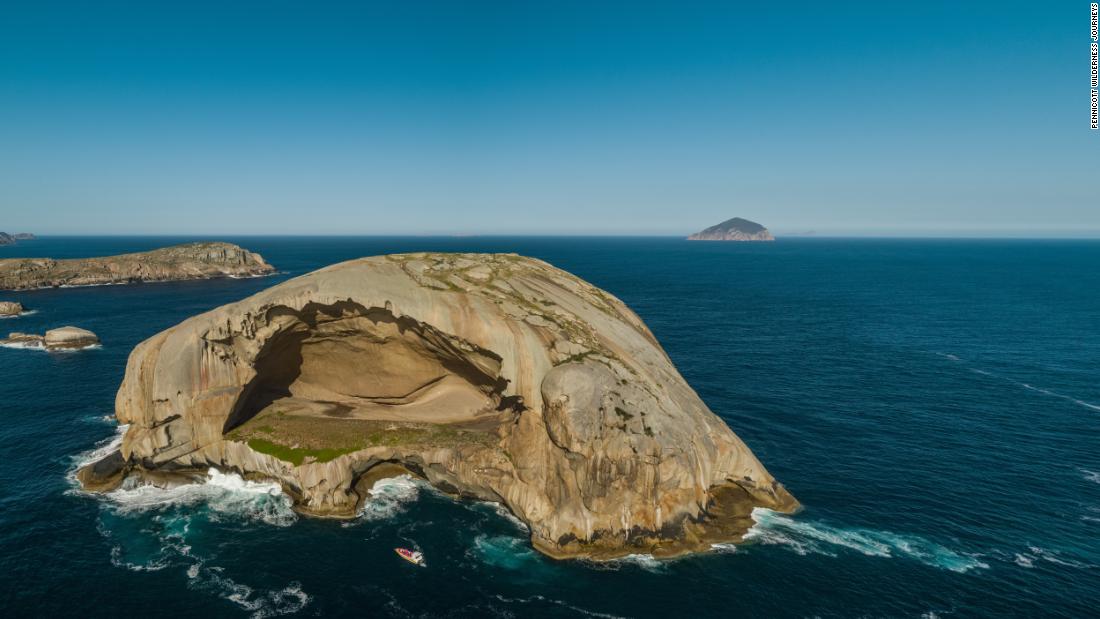Products You May Like
The bushfires that burned millions of hectares in the southeast are still burning, but they’re fewer in number and recent storms have drenched debris that might otherwise have gone up in flames.
The fires came at the worst time of the year for local tourism operators.
The money they make over the summer school holidays keeps them in business for the rest of the year. But this year, instead of juggling reservations, they’re counting the cost of cancellations. And they desperately want tourists to come back.
While Australia’s best advertising minds brainstorm their next slogan, we’ve come up with a list of places to go to aid local recovery in the hardest hit areas — Victoria and New South Wales, starting in the Australian capital, Canberra.
Canberra
Canberra wouldn’t normally be the first stop on the list for incoming international tourists, but it’ll put you in easy reach of towns recovering from the fires.

More than 90,000 people visit the Parkes radio telescope each year. The moving parts of the telescope weigh 1,000 tonnes, as much as two Boeing 747s.
David McClenaghan, courtesy of CSIRO
Batemans Bay, NSW

In January, the Boat Shed fish shop would be busy with customers. This year, thousands of tourists were forced to flee in early January as the fires approached.
Hilary Whiteman/CNN
Restaurant workers took the mic, while Crooke’s “protégé”, 16-year-old fishmonger Joel Ware, edited the video in between his normal job of peeling prawns.
It now has thousands of views on YouTube.
Batemans Bay is a favorite weekend escape for locals. It sits at the point where the Clyde River meets the sea.
The river, also known by its traditional Aboriginal name of Bhundoo, is one of the purest water sources in Australia. It runs from high in the mountains, through three National Parks and 10 state forests.
Water holes along the way are popular with locals and the native platypus, which scoops food from mud at bottom of the river.
Owner David Burnett says business is the worst it’s been in his 26 years at the park.
“There are people filtering through, but nothing like normal,” he tells CNN Travel.
“We didn’t have any fire damage here in the park, but there was enormous damage to the forests around. But that will all regrow. Within three months those blackened tree trunks will be beginning to shoot green.”
Moruya
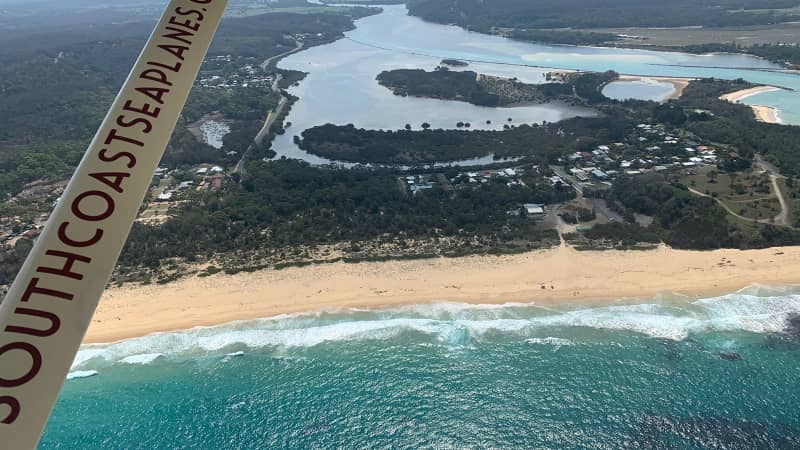
The view from a South Coast Seaplane flight over Moruya and the New South Wales coast after the fires on Sunday, January 19.
Tim Gilbo, South Coast Seaplanes
From Batemans Bay, drive south down the coast to Moruya.
There’s a local airport with regional flights to Sydney and Melbourne.
From the air, you’ll see areas damaged by fire, lush green coastal forests and the New Zealand fur seal colony on nearby Montague Island.
Visit Moruya town center for local shops and restaurants — and some seriously good coffee at Alfresco Coffee on Church Street.
Narooma
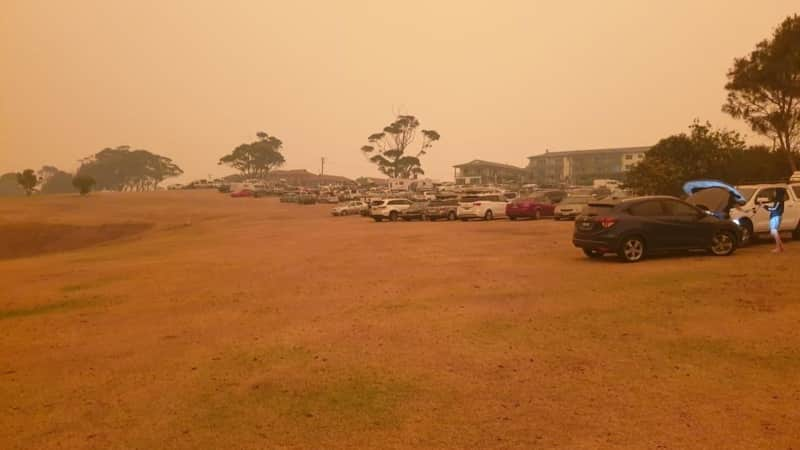
During the New Year’s Eve fire, the Narooma Golf Club offered shelter to around 500 people. Cars and caravans were parked on the green.
Narooma Golf Club
Continue down the coast to Narooma, where local tourism guides say there’s a 98% chance of seeing a whale during peak season between May and November, when some 30,000 whales make their way along what’s known as the “Humpback Highway.”
The 3rd hole is known as “Hogan’s Hole” because actor Paul Hogan, of “Crocodile Dundee” fame, once played a shot for a TV ad, hitting the ball over an ocean cliff to the top of a nearby green.
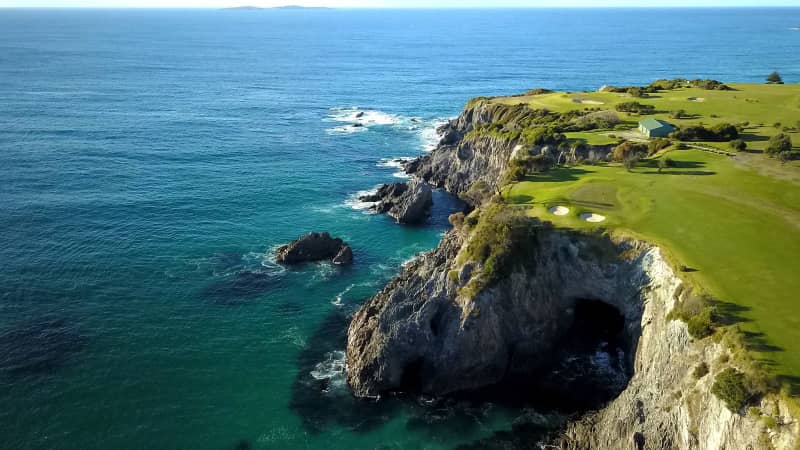
The Narooma golf course in greener times — with superb views across the ocean.
Brendan James, Golf NSW
More recently, the Narooma Golf Club offered shelter to evacuees from the nearby town of Cobargo on New Year’s Eve. About 500 people spent the night there, with some parking their caravans on the green.
“We’re just hoping that people will come back and our February will be busier than it usually is,” says Tracey Vaughan, the club’s assistant manager.
Cobargo
Australia’s Prime Minister Scott Morrison was heckled by residents living in the bushfire danger zone who were angry with the government’s response to the fires.
This small town is now infamous as the place Prime Minister Scott Morrison was heckled in early January for his slow response to the fires.
“You’re out, son, you are out,” one local yelled.
Many homes were lost in the area and it will take time to rebuild, but the town is open for business.
“We’re endeavoring to open as much as we can,” Myers says.
The local bakery, coffee shops and cafes are still open, but the town has had to cancel the annual Cobargo Folk Festival, one of the year’s biggest events.
Bega
Home of the famed cheese brand of the same name, Bega is one of the bigger country towns in the southeast, with a population of around 4,000.
It has a rich Indigenous history dating back thousands of years, but is now better known as prime dairy country.
There are bike tracks through the town to work it off afterwards.
Eden
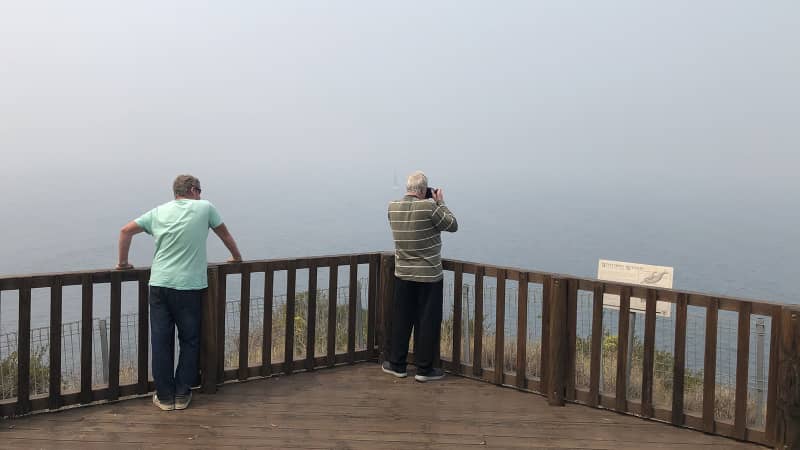
Smoke obscures the view across Twofold Bay during the height of the bushfires in early January.
Hilary Whiteman/CNN
From Bega, make your way down to Eden on the coast at Twofold Bay, one of the best places to see the southern migration of humpback whales.
Other times of the year, there’s fishing, kayaking tours and birdwatching tours. Some of the bush surrounding Eden was burned, but the town itself remained untouched by the recent fires.
From nearby Merimbula, take a flight to Melbourne and use that as your base to discover Victoria.
Blackwood, Victoria
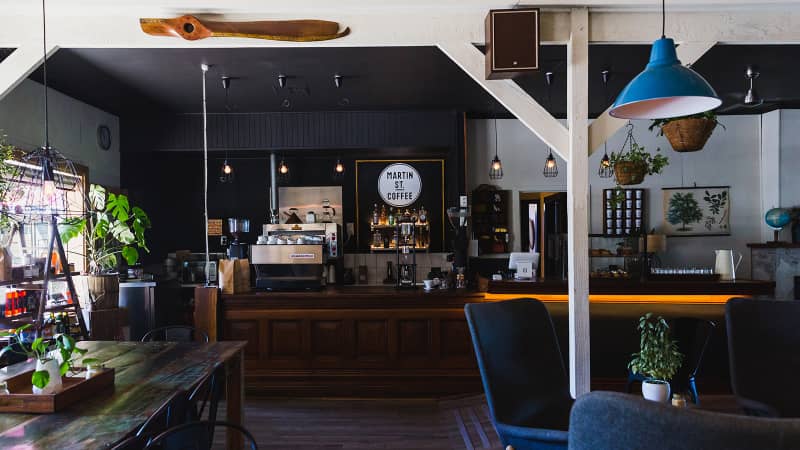
Martin Street Coffee is considered one of Victoria’s top coffee roasters.
Martin Street Coffee
This tiny town is less than an hour outside Melbourne by car, but it feels like the middle of nowhere.
All the ingredients are picked fresh from the nursery garden, or are sourced as close to home as possible.
Clunes
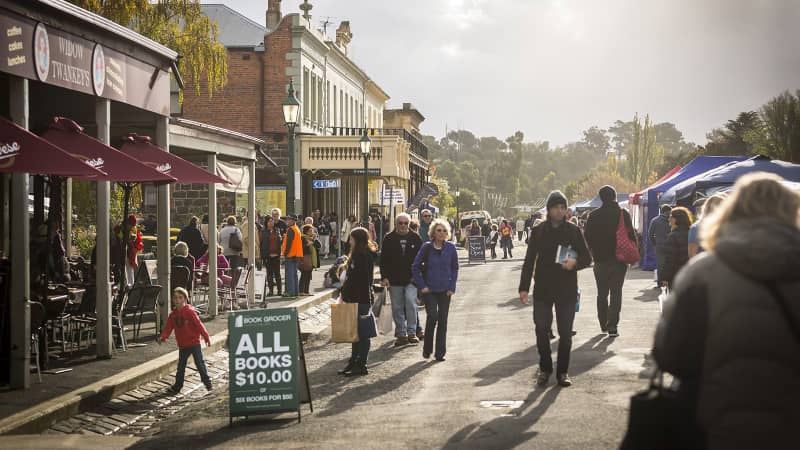
The Clunes Booktown Festival takes place every May.
Visit Victoria
Not far from Blackwood is Clunes, best known for the annual “Clunes Booktown Festival,” which sees the town’s population swell from fewer than 2,000 people to several thousand in May.
The rest of the year, visitors come to see one of the best preserved towns of Victoria’s gold rush era.
The main street has appeared in films, including the original 1979 “Mad Max,” starring a young Mel Gibson.
Metung
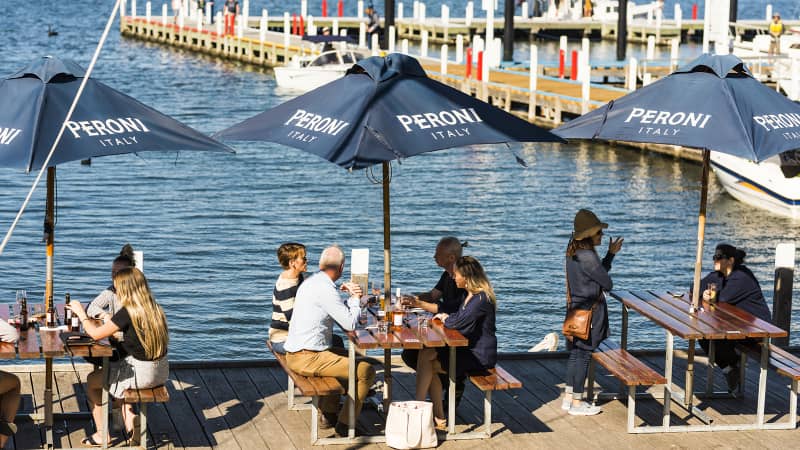
Coastal Metung lies four hours east of Melbourne at the end of the Great Alpine Road.
Visit Victoria
Four hours east of Melbourne, you’ll find the seaside town of Metung, which sits on the picturesque Gippsland Lakes.
Metung is in Gippsland, a vast area that stretches from east of Melbourne to the New South Wales border.
There are many places in Gippsland that haven’t seen flames, but are suffering from name association with fire-ravaged regions.
Lakes Entrance
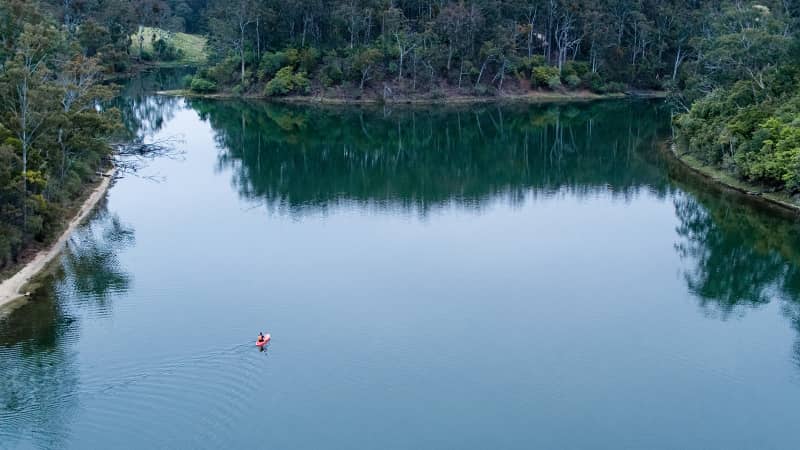
The coastal town of Lakes Entrance is in east Victoria.
Visit Victoria
From Metung, take a boat to Lakes Entrance, a bigger town where you can wander for kilometers along the scenic coast, taking in the views and sea air.
Fishing boats regularly pull into the pier, selling freshly-caught fish to the public.
Grab an ice cream and pull on a jumper — it may be summer but temperatures are cooler along Australia’s south coast.
Wilsons Promotory National Park

If you look closely, you can see a boat in the foreground, which shows the immense size of Skull Rock, off the coast of Victoria.
Pennicott Wilderness Journeys
For a closer look at Victoria’s stunning south coast, hit the water in an amphibious boat. See the southernmost tip of the Australian mainland and one of the country’s other great monoliths — Skull Rock, also called Cleft Island.
This is not a rock you can climb — partly because it’s home to thousands of barking fur seals.
Locals want international visitors to know they’ll be welcome. In the words of Jacob Crooke’s tune, “Canberra Come Back” — “we are strong, but we just can’t live without you.”
